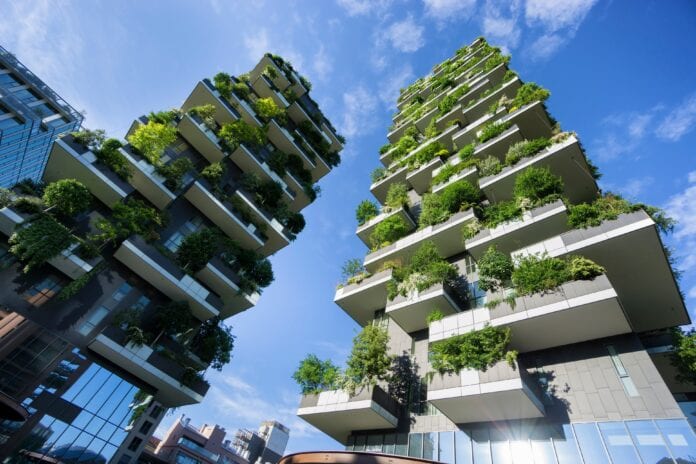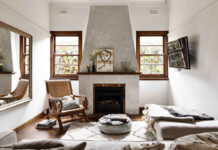We can all agree that being more responsible for our planet is something we should all do. We’re witnesses to some major changes in the climate on the global scale because we’ve been negligent for so long. However, in recent years, more and more people have become environmentally aware and that has led to the same major improvements in many areas of life. One of those is certainly architecture. We’re seeing more and more eco-friendly buildings being made, a lot more green (literally and figuratively) rooftops on modern buildings, and so on. Although, one could wonder, how green and eco-friendly modern buildings actually are?
It is by no means easy to answer that question. Because, what are we looking at here? Building materials, construction methods, or something else? Well, to be honest, we’re looking at all of it – the whole picture. Although there are without a doubt a number of modern, green buildings already built and currently under construction, let’s find out what makes them so and just how eco-friendly can they get.
Let’s start with some of the techniques, methods, and strategies that make up an environmentally-friendly, sustainable building.
Passive Sustainable Design
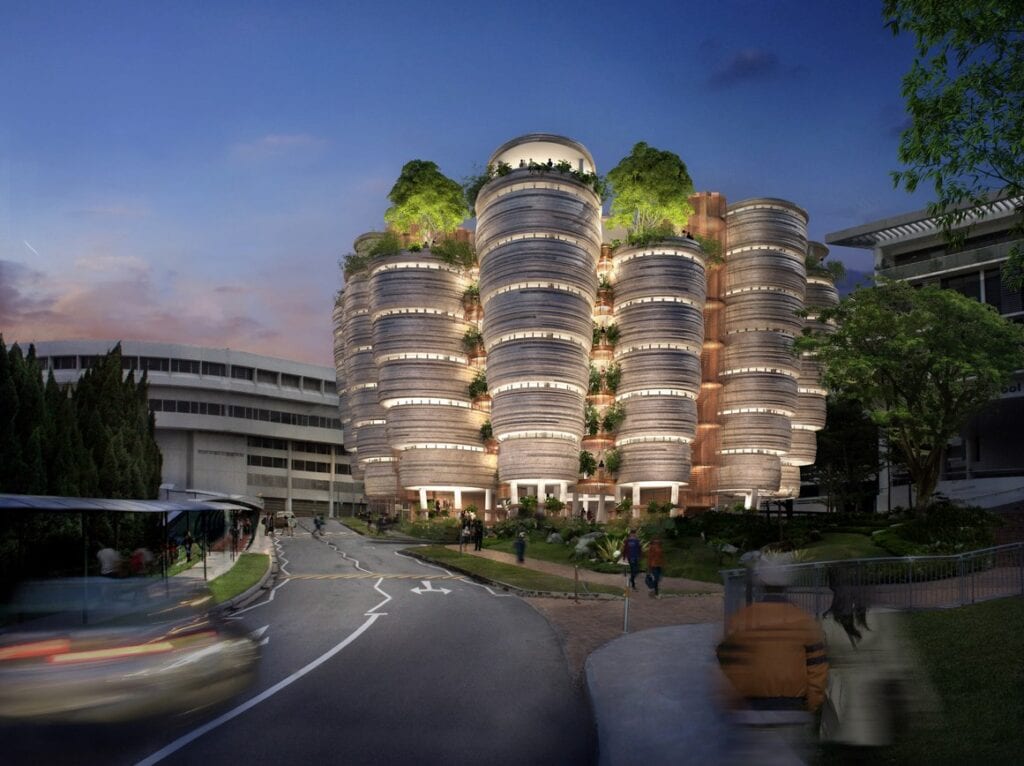
Passive strategies are particularly useful when constructing an energy-efficient building and it’s something that’s becoming increasingly popular over the last few years. It’s nothing new, to be honest, this has been a part of architecture for as long as we’ve been building things, but we’re just now starting to realize its full potential.
This method essentially allows us to use as much sunlight and natural ventilation as by just properly positioning the windows and doors. It may not seem like much, but this is actually one of the most efficient ways to save on energy, especially in colder climates.
Another thing that’s also a part of the sustainable design approach is something called a thermal mass technique. Essentially, it’s a way to make use of a thick wall as a way to harness heat or solar energy. What happens here is, the walls heat up during the day and they release heat during the night.
Active Sustainable Design
In this case, architects, with the help of engineers, would implement some of the cutting-edge, environmentally friendly electrical, plumbing, and HVAC systems.
Renewable Energy Systems

It’s no secret that renewable energy systems are the future of energy harness and consumption of the future and some modern buildings are implementing these methods. Systems that harness solar or wind energy are always a welcome addition to any modern building and we’re seeing more and more of them. Often they come in pairs with passive design, which allows for even more energy efficiency.
Green Roofs
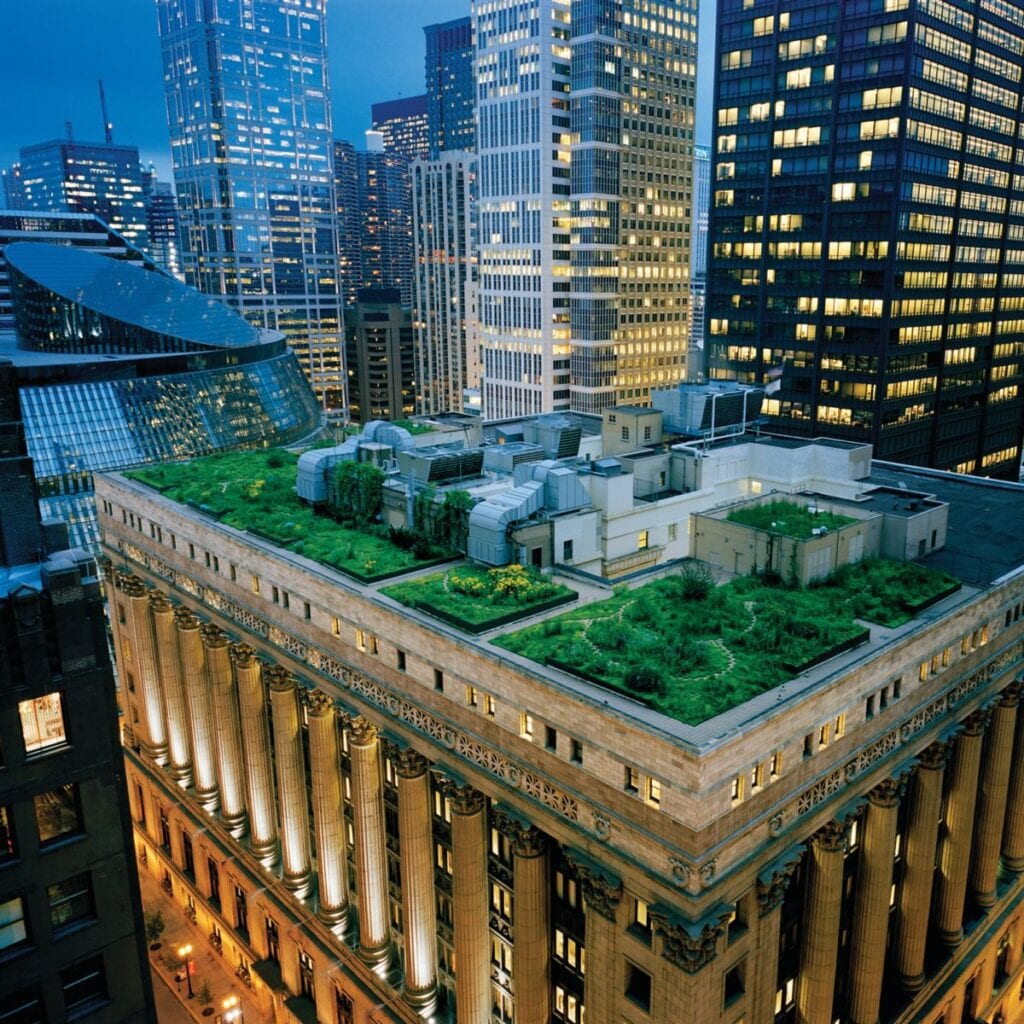
One of the most aesthetically pleasing eco-trends is the green roof one. Usually found on top of commercial and residential buildings, this method aims to preserve a little bit of nature and greenery in the urban centers of the world by combining the two worlds. Not only do roofs like these seem gorgeous, but they’re also very useful and eco-friendly. It is said that the green roofs last twice as long as traditional, regular roofs before they need replacing. Not only that, it’s been shown that during how, summer days, green roofs serve as brilliant heat insulators, they offer superior air quality and it’s even known for them to offer some noise reduction. Many companies around the world, like aland.com.au for instance, have various projects, both on-going and upcoming, that will have green rooftops alongside many other eco-friendly materials and approaches.
Green Building Materials
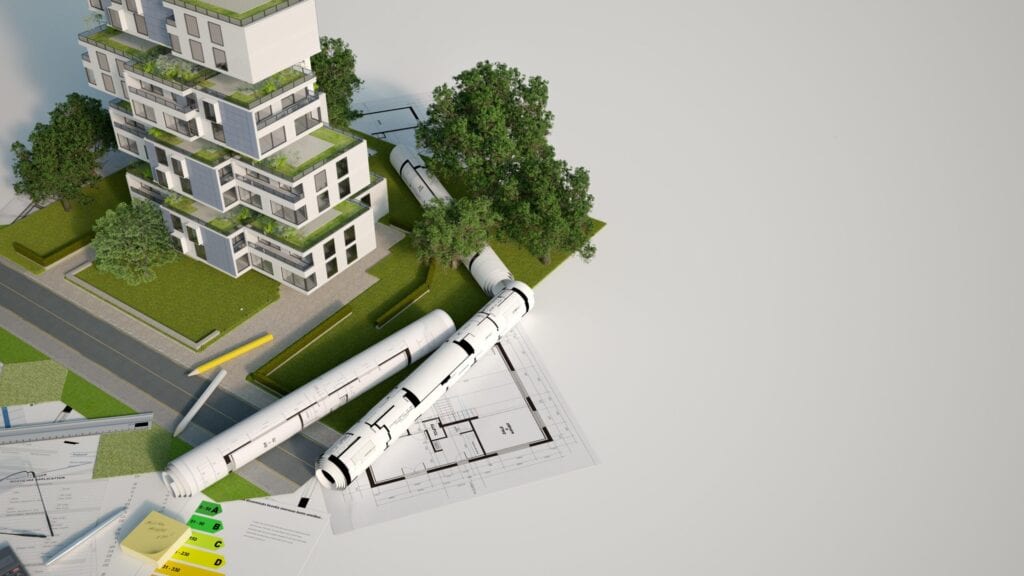
A lot of emphasis is also on the building materials and where they come from. Many companies will only work with materials like steel, concrete and lumber which come from sources that use environmentally responsible manufacturing methods or techniques to produce their products. Not only that, there are several eco-friendly building materials that could be used in modern construction.
Rammed earth, straw bale, and bamboo are just some of the materials being re-introduced to the construction world. They’re highly recyclable materials that have been used in architecture and construction for quite a long time and it seems they’re making a grand re-entrance.
Strawbale homes are especially known for being ideal cosy homes which are cool in the summer and warm in the winter because of their insulating properties. Rammed earth is arguably the oldest construction technique known to humans and is now used mostly for thermal storage. Finally, bamboo is arguably the greatest wood alternative. Not only is it very durable, but it’s also a resource that’s easily renewable. For instance, bamboo can be harvested for construction once every 3 years unlike trees that shouldn’t be harvested more than once every 50 years.
Synthetic Roof Underlayment
We’re back to the roof, only this time we’re talking about the under-layer of the roof. That’s the part that’s usually asphalt-based and isn’t known to last very long. That is not a good thing, considering it has to be fixed and replaced every time it breaks down so it can keep the water and moisture out of the buildings.
Hybrid Grid Systems
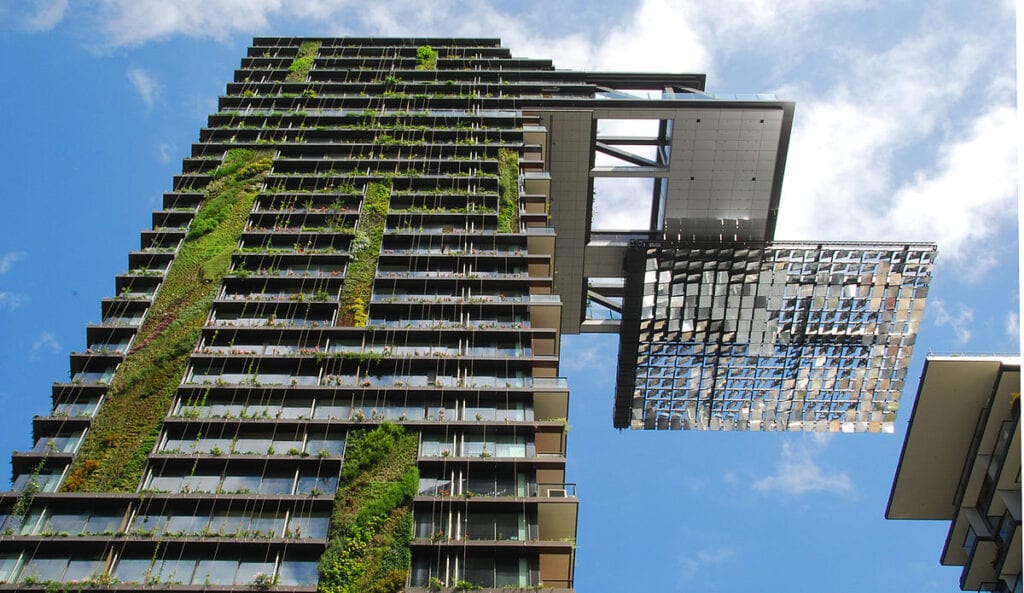
One of the most common ‘problems’ with renewable energy sources is the fact that you can’t seem to efficiently store the harvested energy. That poses problems in time where there’s just not enough solar availability and because of that, many are turning to hybrid systems that allow for renewable energy to be stored. This allows for solar grid systems to be an option even during the night or long periods of overcast or otherwise non-ideal days.
As you can see, many efforts are being made in order to create a more environmentally, man-made environment. With each day we’re learning how to become better and more efficient without running our planet and when you take a look at some of the latest green initiatives and trends, especially in architecture, it certainly seems like we’re going in the right direction. So, how eco-friendly are modern buildings? Well, a lot more than those made decades ago. Is there still room for improvement? Always.

